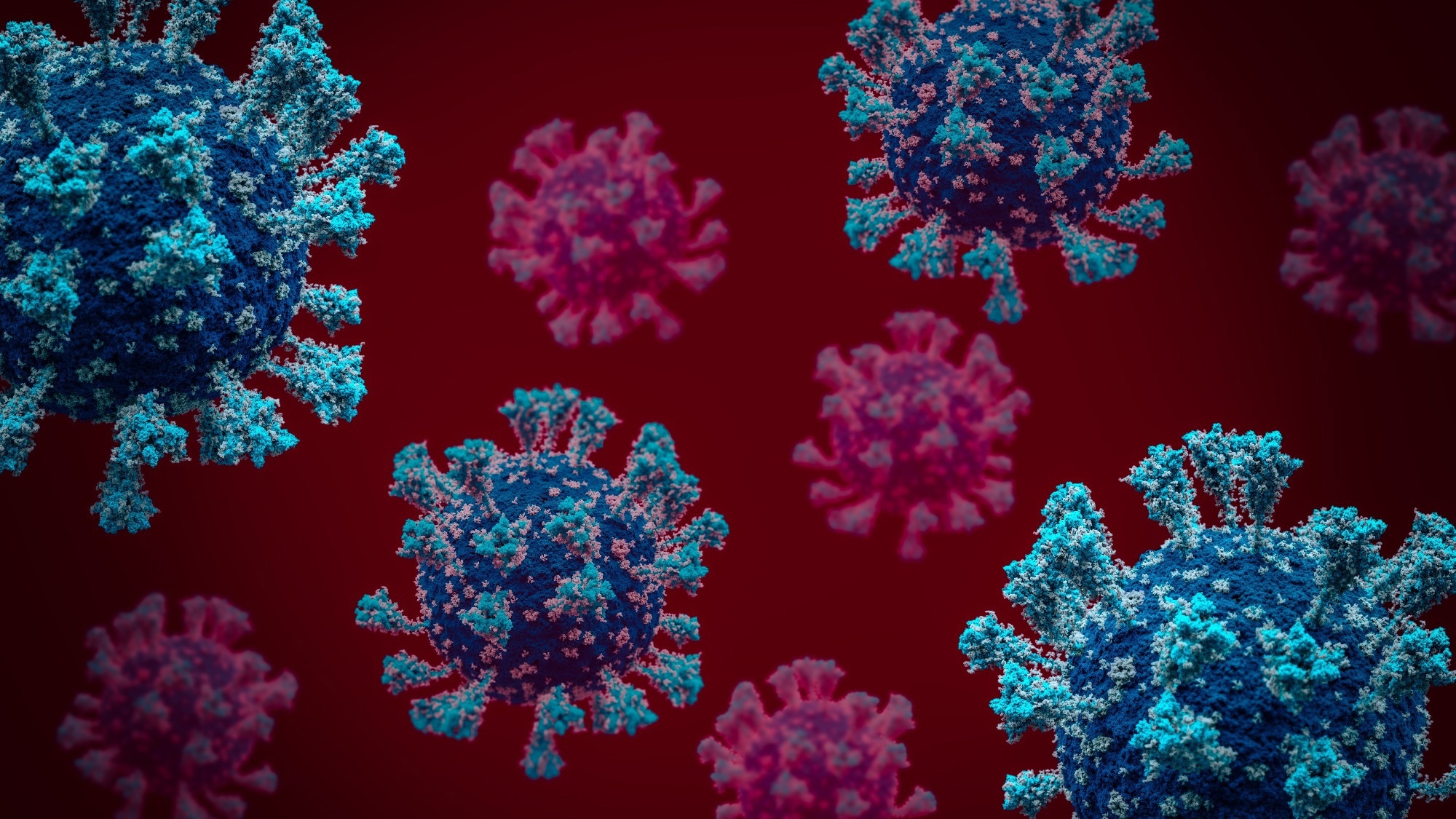A current Lancet Microbe examine explores intrahost evolution and the danger components related to extended extreme acute respiratory syndrome coronavirus 2 (SARS-CoV-2) an infection in immunocompromised sufferers.
 Research: SARS-CoV-2 shedding and evolution in immunocompromised sufferers throughout the omicron interval: a multicentre, potential evaluation. Picture Credit score: Sabrewolf / Shutterstock.com
Research: SARS-CoV-2 shedding and evolution in immunocompromised sufferers throughout the omicron interval: a multicentre, potential evaluation. Picture Credit score: Sabrewolf / Shutterstock.com
Background
Immunocompromised sufferers are most susceptible to SARS-CoV-2 an infection, as they might not develop ample immunity and are much less protected by vaccines. Earlier analysis has proven that immunocompromised sufferers, significantly these recognized with autoimmune deficiency syndrome (AIDS), are at a higher danger of extended an infection; nevertheless, most of those research are retrospective and topic to some extent of bias.
The propagation of novel SARS-CoV-2 variants is generally restricted by the stochastic dynamics of transmission and host clearance. Nevertheless, within-host replication in immunocompromised sufferers can provide ample time for the virus to accumulate mutations.
Scientists have hypothesized that SARS-CoV-2 variants of concern (VOCs), such because the Alpha (B.1.1.7) and Omicron (BA.1) variants, originated throughout extended infections in immunocompromised people. It stays unclear whether or not current interventions will cut back or facilitate the evolution of extremely mutated variants in immunocompromised sufferers.
Concerning the examine
To handle pressing questions on SARS-CoV-2 an infection in immunocompromised people, the researchers performed potential surveillance in outpatients and inpatients recognized with SARS-CoV-2 Omicron an infection. This potential and multicenter examine enrolled grownup sufferers from 5 United States medical facilities, all of whom have been immunocompromised and examined constructive for COVID- within the previous 14 days.
Nasal specimens have been collected and examined each two to 4 weeks by real-time reverse transcription polymerase chain response (RT-PCR) assay till testing unfavourable in consecutive specimens. Viral tradition and entire genome sequencing have been carried out on constructive specimens.
By analyzing the viral tradition, ribonucleic acid (RNA) viral load, and sequence information, researchers outlined people who have been on the highest danger of extended an infection, the consequences of antiviral therapies, and the evolutionary dynamics of SARS-CoV-2 on this immunocompromised inhabitants.
Key findings
Extended SARS-CoV-2 an infection was unusual on this numerous group with reasonable to extreme immunocompromise standing. Over a big selection of immunocompromising situations, a comparatively restricted SARS-CoV-2 evolution was famous.
Briefly- and long-term an infection, the within-host price of evolution was related. The size of the infectious interval in immunocompromised sufferers was thought of the primary differentiating issue.
In sufferers contaminated for extended intervals, mutations within the viral receptor binding area (RBD) have been collected. Moreover, a number of substitutions in present or subsequent Omicron lineages have been noticed.
Investigations concerning sturdy danger components revealed B-cell dysfunction or depletion, which could possibly be attributable to anti-CD20 or anti-CD19 remedy, myeloma, or lymphoma. This result’s in keeping with beforehand printed case stories, the place B-cell malignancy was famous in extended infections, thus highlighting the crucial position of antibodies in SARS-CoV-2 clearance.
Earlier case stories have documented extended viral replication in folks dwelling with human immunodeficiency virus (HIV) an infection. That is in keeping with the expertise of 1 affected person within the examine cohort with AIDS who had an prolonged an infection interval of greater than 200 days. This affected person had a CD4 depend of lower than 50 cells/μL and exhibited uncontrolled HIV replication, which is also attributed to impaired humoral immunity.
Conclusions
Some notable limitations of the present examine embrace the small pattern dimension with a follow-up specimen that examined constructive for SARS-CoV-2 by real-time RT-PCR, which restricted the scope to check related properties of viral evolution. To mitigate potential bias concerning the standing of being immunocompromised, the definition was intentionally saved broad; nevertheless, this additionally led to the inclusion of people with delicate to modest immune impairments who have been much less prone to expertise extended an infection.
Since nearly 75% of sufferers didn’t have a constructive follow-up specimen, the frequency of specimen assortment between two and 4 weeks could possibly be thought of too rare. One other notable limitation of this examine was the dearth of an immunocompetent management group. Moreover, the present examine was solely carried out throughout the U.S., thereby limiting the generalizability of the findings.
The present examine thought of immunocompromised adults who have been SARS-CoV-2 constructive and famous a extra important period of an infection and evolution of the virus in sufferers with B-cell depletion and malignancy. Mutations in immunocompromised sufferers weren’t strongly predictive of subsequent Omicron mutations, which means that various approaches based mostly on genomic surveillance could possibly be helpful.


